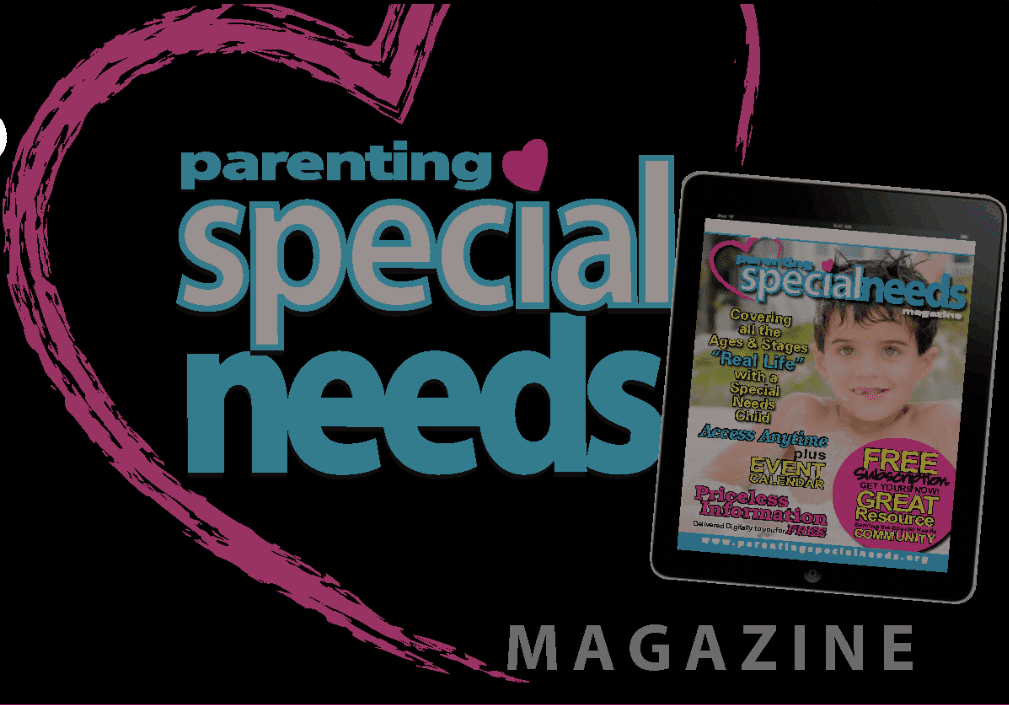How to Use Music to Help your Child Reach Speech/Communication Goals

I believe that children with special needs deserve to learn, grow and develop in a fun and motivational way. Music is what I use to accomplish this.
Over the past 13 years, I have specialized in providing music therapy services for children with special needs, and I am so happy to be able to share some of what
I have learned with you. I will be giving you some great tools for incorporating music into your home program and into the daily life of your child.
Music Motivation Vowel Sounds
I am constantly using music to motivate my clients to develop speech/communication skills and I want to teach you a couple of easy ways to do this with your own child. The first step is to choose a children’s song that you are comfortable with and which your child enjoys. We will be working with “Old
McDonald” in this example. This is a wonderful song for speech development. If your child is working on vowel sounds, you can pause just before an “O,” as in this example.
Old McDonald had a farm, E I E I __
By leaving out the “O” you are using the natural tension that music creates when it wants to resolve or return to a resting point. In this case, the song pulls us into wanting to hear that final “O.” Your child will feel this tension and be motivated to fill in “O.” You can also adapt this song by changing the vowels that you sing at the end, i.e.
Old McDonald had a farm, A O A O U
If you want to address consonant vowel combinations you could use something like:
Old McDonald had a farm, Te Ti Te Ti To
Working on Greetings
Perhaps your child is working on greetings. No problem! All you have to do is substitute your own lyrics for the lyrics of a song. Let’s work with “Twinkle,
Twinkle” for this one. I have written the original words under some modified words so you can see how this works.
“Hello, hello, hello friends, let us sing and play a-gain.
Advertisement:
Twinkle, twinkle little star, how I won-der what you are.
We’re gonna look and say hi, we’re gon-na give a high 5.
Up above the world so high, like a dia-mond in the sky.
Hello, hello, hello friends, let us sing and play a-gain.”
Twinkle, twinkle little star, how I won-der what you are
When you use this lyric substitution technique, first set up the expectation for your child by singing the new phrase three times and then on the fourth time, use a big dramatic pause before the word or phrase that you want your child to fill in. I usually take a big inhale just before this pause and hold my breath. This signals to your child that it is his/her turn to fill in the blank.
Adapt to Your Child
This technique can be adapted to your child’s developmental level. If he/she is non-verbal and working with sign language, you can incorporate signs into these songs. If your child is working on expanding their vocabulary on an AAC device, incorporate these words or phrases into a song. Wherever your child is developmentally, you can find a way to use music to help them reach their goals.
If you are looking for more great tools and tips to use music to bond with your child, and help him/her reach developmental goals, please visit my website and sign up for my free newsletter at https://www.therhythmtree.com/.
The purpose of this newsletter is to share tips, tricks and resources with you so that you can become even better at using music to bond with your child, and help him/her learn and develop.
I have also developed a DVD and Music package for children with special needs. This package gives you all of the tools that you need to bring the joy and benefit of music into your home. For more information and to hear what other parents and therapists are saying about it please visit
http://www.therhythmtree.com/store.
More Music
- Music: Breaking Down Boundaries and Uniting People
- Emerging Through Autism Through Jewish Music
- The Sensational Musical Magic of Paul McCartney
- Mallory’s Music Champion Donny Osmond
- Music Is Feeling
- Making Music with Your Child – Fun Activities for Motor Skill Development


